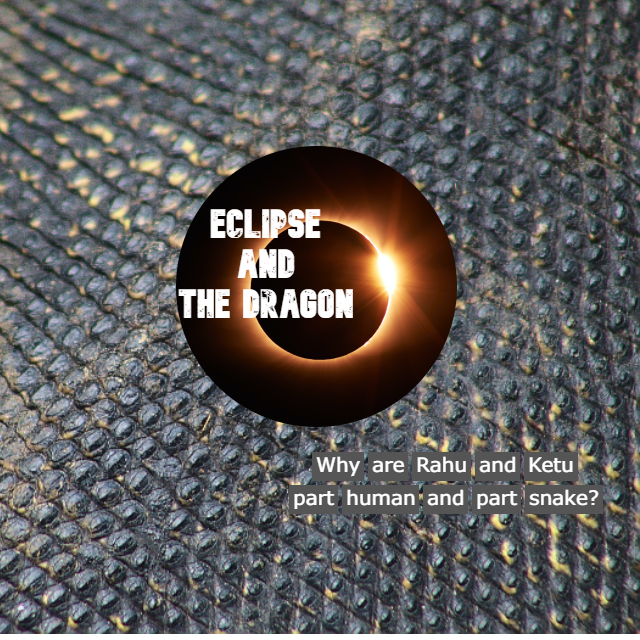
The reality of Shadow Planets
How can a shadow be a planet? Can shadow qualify to be an object? What is the logic behind the part snake, part human representations of Rahu (Earth’s shadow) and

How can a shadow be a planet? Can shadow qualify to be an object? What is the logic behind the part snake, part human representations of Rahu (Earth’s shadow) and
While researching for my book “Beyond Space and Beyond Matter”, I came across the approach of understanding words from constituent letters. Each letter in Sanskrit has a meaning. I hadn’t paid much attention
Ramanuja, a Vaishnava master from the fourteenth century was an expert in Pancharatra books . These books discuss worship procedures which are prevalent for millennia in the Indian subcontinent. Worship practices in temples in Tamil
Continue readingSacred Spots – Hindu worship sites before the popularity of temples
Yoga, Vedanta and mantra are three unique traditions which have been popular for several centuries in India. Strangely the practitioners of any one of three traditions do not readily venture
Continue readingWhen did Yoga and Vedanta traditions diverge?
Only a few people know the value of the commentaries of a 13th century scholar by the name Sayana or Sayanacharya. European translators could make no progress without his works.
Continue readingRishi Saunaka more important than Veda Vyasa to Max Muller?
Vedas, especially the Rig Veda celebrates Agni as the foremost. Agni Purana is one of the eighteen main Puranas. However, we find only a very few iconic forms for Agni
Continue readingMantra to Idol – The 2 face, 3 leg, 7 armed Agni

Today, mathematicians are aware of Rishi Baudhayana. This is because his Sulbasutra text predates the works of Pythagoras by several centuries. Hindus follow Baudhayana’s prescription for Vedic Samskara are even